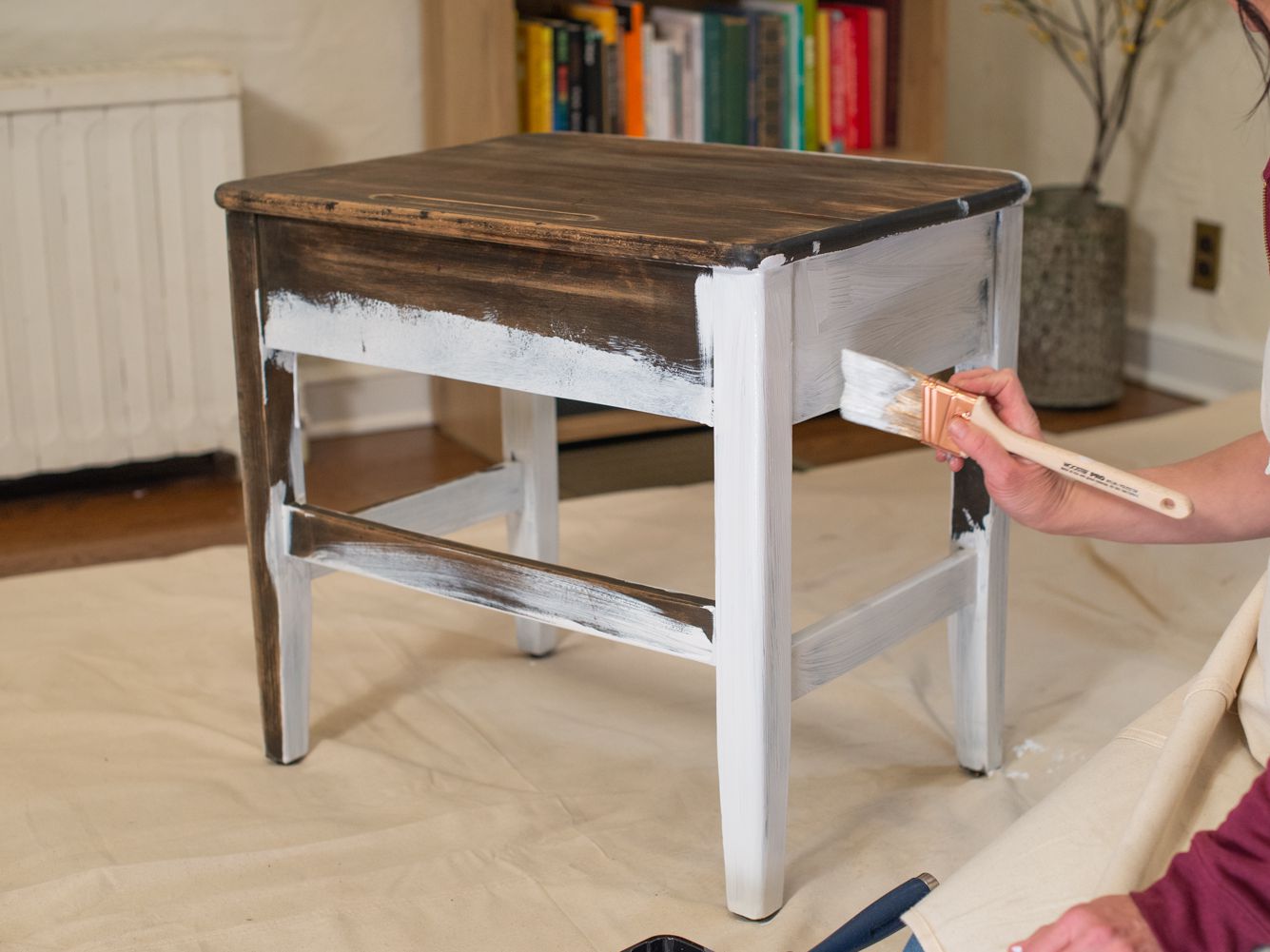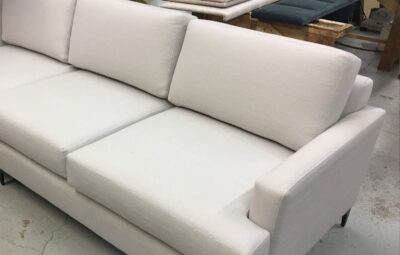Introduction
Refinishing furniture or total restoration of wooden furniture is nothing short of an art. If you have an old antique piece of furniture, you can search for “furniture repair near me” and get it refinished to restore its glory and brilliance. If you want to do it yourself, it can get complicated. There are several steps in the process, and it starts with proper assessment. If you can’t figure out if a piece of furniture is worth refinishing, all your efforts would be washed away. Let’s check out things you should know about furniture refinishing.
The Details
- Assessment – When it comes to furniture refinishing, this is probably the first and most important step. You need to figure out whether a piece of furniture is worth refinishing. For instance, people like to stay away from painted furniture since paint can hide scars and other signs of damage exceptionally well. If furniture with water stains and burn marks has been painted over, the signs of damage have been merely concealed. Those marks and stains may have penetrated quite deep and that means you have to shave off several layers of wood. Sometimes you may not have the luxury to do that if the wood piece is very thin. Even if the wood is thick enough, shaving too deep into the wood can alter its appearance and destroy the antique look of the furniture. Take a refinishing project if the furniture is varnished.
On the other hand, refinishing furniture is a heavy ordeal, both in terms of labor and financial cost. That’s why it’s important to figure out if the furniture is built solid. Furniture pieces made before 1950 are usually made for solid wood and can be very valuable. Most furniture pieces after that period are usually made from particle boards and laminates and may not be worth your effort.
- Alarms for refinishing furniture – Several signs can tell you if it’s time for refinishing furniture. These include:
- Sticky surface even after it’s thoroughly cleaned
- Noticeable water marks and rings under the existing finish
- The clear coat has turned color and made the wood darker
- Blemishes and patches don’t go away after cleaning
- The existing finish has cracked deep into the wood
- Chipped off or flaking finish
These signs should be treated as alarms for refinishing your furniture. To be sure, you can pour a bit of mineral spirit on the wood, wipe off excess spirit and wait for it to saturate. If the finish looks good enough, simply cleaning the furniture and applying a clear coat should be enough. Otherwise, you need to refinish the furniture entirely.
- Refinishing complications – Depending on the condition of the furniture, the refinishing cost and time may vary drastically. It may add several steps to the refinishing process, some of which include repairing damages. For instance, if you want to refinish an old piece of furniture, the final result you want may change the refinishing process. If you just want to restore the furniture and retain its original look, it’s going to consume less time, effort, and money. Instead, if you decide to restore the furniture to pristine condition with new varnish and reinforced joints, the process is going to be complicated and more expensive. Things also change when the furniture is antique. Even if it requires a lot of elbow grease and expensive materials, people don’t mind putting in the money and effort if it’s a 19th-century classic that has tremendous resale value.
- Sealant coat – After you strip the furniture, you need to let it dry and apply a sealant coat. This coat helps to protect the wood from water and other elements. Moreover, it also helps you to clean the furniture without damaging it. Without a sealant coat, the wood may crack, deteriorate, or get damaged very quickly. Even if you use a chemical stripper, you need to sand the surface before you can apply the sealant. If your furniture is made of oak or mahogany, the wood will open grain. Depending on the expected end result, you can use a grain filler to highlight or de-emphasize the grain of the furniture. When it comes to sealants, apply a thick coat and let it soak into the wood before you wipe off excess residue. Once the sealant has dried, you need to sand the furniture once more.
- Refinished furniture should look brand new – During wood refinishing, the original surface of the furniture is stripped with a chemical remover and finished with sandpaper. During the process, you need to be very careful so that you can preserve the wood grain. After stripping the furniture, you need to repair the damages, fill in the dents, and buff or sand the scratches. After sanding the furniture smoothly, you can take a bit of liberty to highlight the wood grain the best way you can. While painting over the furniture is fine, staining it would produce a more aesthetic outcome. Finally, the furniture should look brand new. If you are a hobbyist, you can try your hand at refinishing inexpensive and small furniture. Large and expensive pieces of furniture that require more technical knowledge and experience should be left to the pros.
- Applying finish coat – When it comes to wood finishing, there are plenty of options to choose from. There’s oil finish, regular varnish, or even PU varnish. If you want to keep things simple, apply an oil finish to the furniture. However, they don’t provide a lot of protection and need to be reapplied in regular intervals. If you apply wipe-on varnish, you can get better protection, and applying multiple coats helps you get a high level of sheen. For furniture that goes through a lot of wear and tear, you should use PU varnish.
Conclusion
Now that you know all about furniture refinishing you may as well give it a try if you’re feeling confident and have indulged in woodworking in the past. Otherwise, it’s best to leave it to the professionals by searching for “furniture repair near me”.





